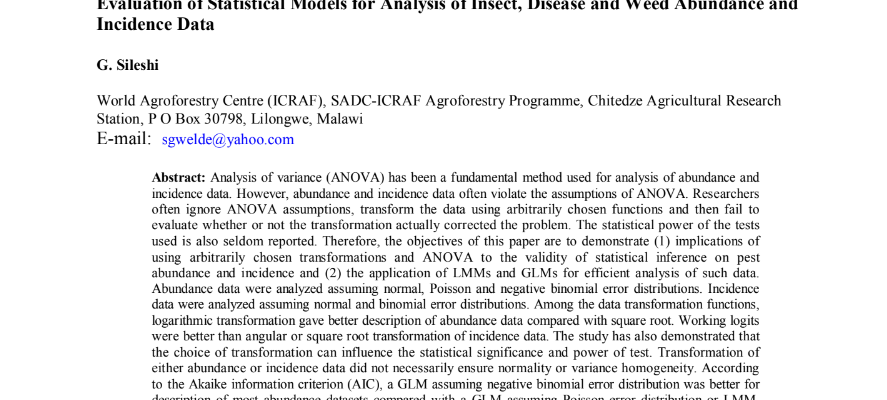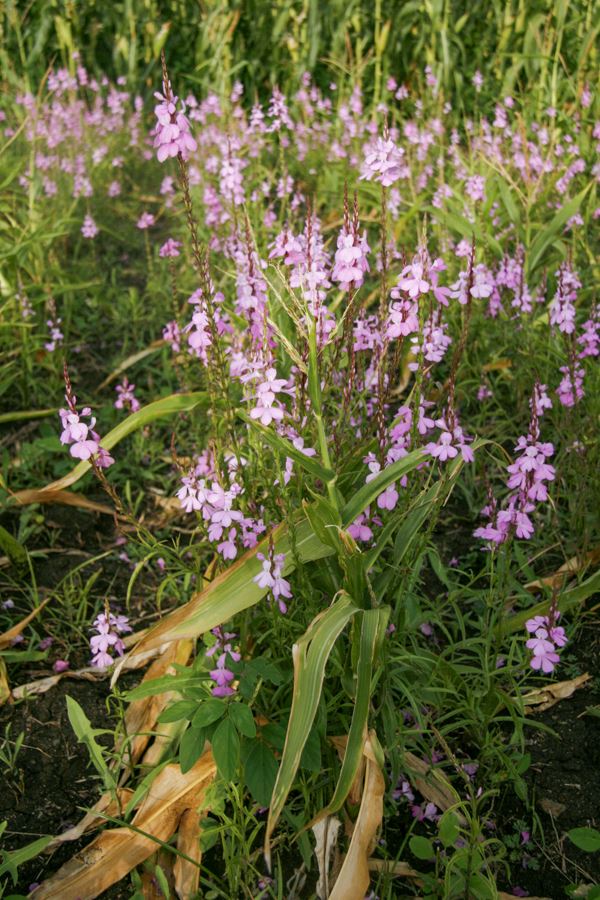Analysis of variance (ANOVA) has been a fundamental method used for analysis of abundance and incidence data. However, abundance and incidence data often violate the assumptions of ANOVA. Researchers often ignore ANOVA assumptions, transform the data using arbitrarily chosen functions and then fail to evaluate whether or not the transformation actually corrected the problem. The statistical power of the tests used is also seldom reported. Therefore, the objectives of this paper are to demonstrate (1) implications of using arbitrarily chosen transformations and ANOVA to the validity of statistical inference on pest abundance and incidence and (2) the application of LMMs and GLMs for efficient analysis of such data. Abundance data were analyzed assuming normal, Poisson and negative binomial error distributions. Incidence data were analyzed assuming normal and binomial error distributions. Among the data transformation functions, logarithmic transformation gave better description of abundance data compared with square root. Working logits were better than angular or square root transformation of incidence data. The study has also demonstrated that the choice of transformation can influence the statistical significance and power of test. Transformation of either abundance or incidence data did not necessarily ensure normality or variance homogeneity. According to the Akaike information criterion (AIC), a GLM assuming negative binomial error distribution was better for description of most abundance datasets compared with a GLM assuming Poisson error distribution or LMM. LMM based on working logits also gave a better description of the data than a GLM assuming binomial distribution. It is concluded that LMMs and GLMs simultaneously consider the effect of treatments and heterogeneity of variance and hence are more appropriate for analysis of abundance and incidence data than ordinary ANOVA.
Authors: Gudeta Sileshi
Contact address: sileshigw@gmail.com
Institution: Addis Ababa University, Department of Plant Biology and Biodiversity Management
Twitter name of the institution: @AddisUniversity
Twitter link: https://x.com/AddisUniversity
Available downloads:


